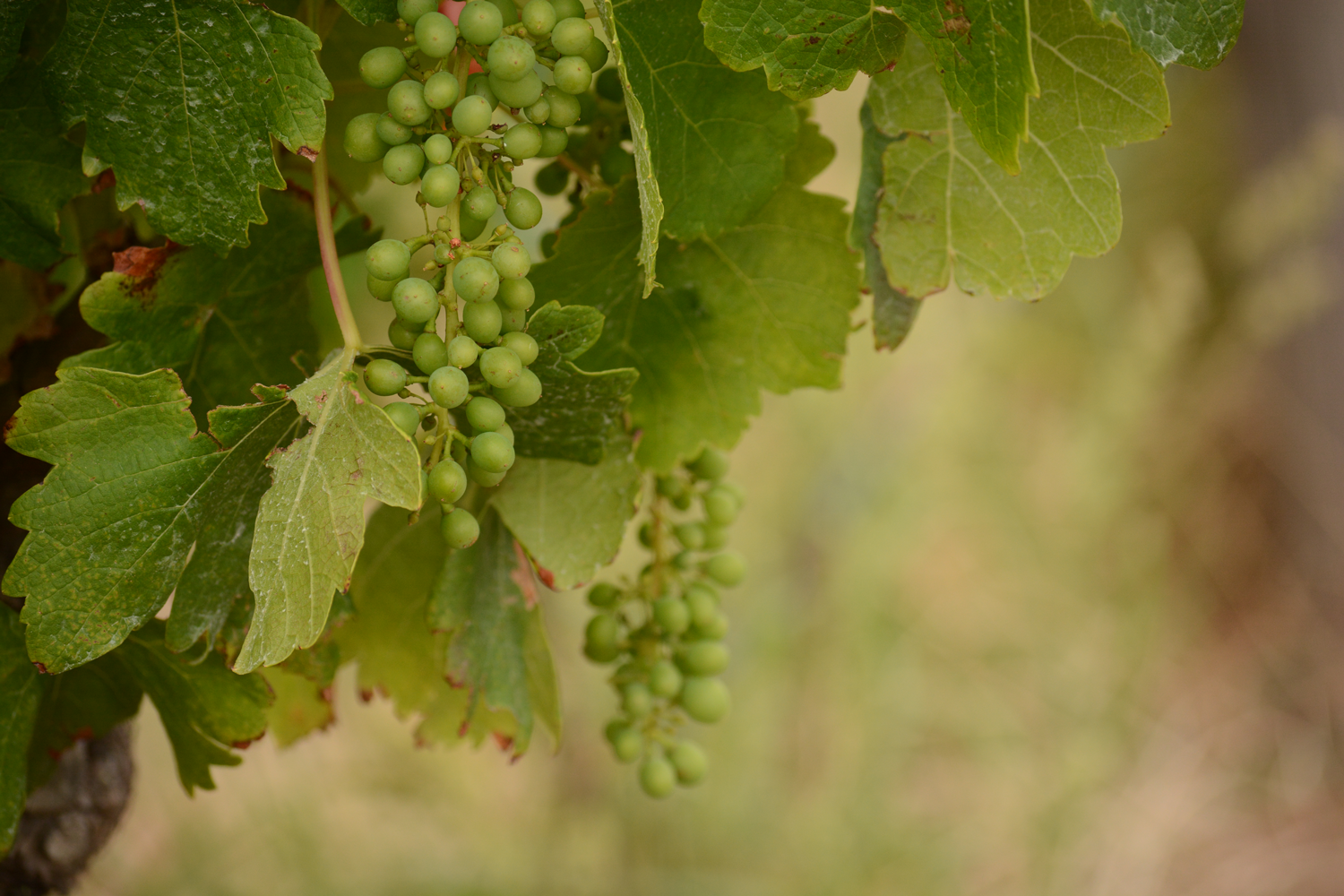
Green Industries SA has supported the South Australian wine industry to assist with the uptake LEAN production tools and techniques to save resources, reduce wastage, and reduce costs.
A collaborative partnership with the SA Wine Industry Association and Wine Australia has supported a spread of small to large wineries from across the state with a series of LEAN Production workshops and onsite support for 18 participating wineries. For the 18 wineries that received onsite support a total of over $11 million of potential resource savings per annum were identified.
A consultant worked with the winery team during vintage to benchmark their resource usage and efficiency, identify improvements by applying LEAN tools and develop a prioritised plan for implementing improvements.
From our experience, when LEAN Production principles are incorporated into the winery in the right way, you will experience a culture change amongst your team, continuous improvement initiatives will become the norm. Staff are empowered to do their job more efficiently and effectively and are actively involved in the identification and facilitation of operational improvements. Resource and cost savings will be achieved and generally involve little or no investment cost.
What is LEAN production?
LEAN Production is a combination of tools, templates and practices to identify and eliminate wasteful activities. Your business will need less materials, less space, less capital, less human effort and less time to meet your customer's expectations.
LEAN Production addresses wasteful and non-value adding activities including:
- Inefficient or mis-use of materials
- Producing more than necessary
- Time in waiting
- Movement
- Re-work
- Unnecessary processing
Key Lean Production tools most beneficial for winery operations of all sizes include, 5S, Visual Stream Mapping, Error Proofing, Fast Changeovers, Value Management and Total Quality Control. Larger scale operators might look at tools like Production Levelling, Takt Time and Supermarket Signalling.
To learn about these tools and techniques, refer to Wine Australia’s Lean Guide.
Winery Resource Efficiency Benchmarking Report
This report provides average resource efficiency benchmarks for the wine industry based on the performance of 32 wineries across South Australia. Use this report as a guide to compare your winery’s resource efficiency performance to other local wineries of similar size, and as a guide on what to measure to determine resource efficiency metrics relevant to your winery. Comparing resource efficiency performance with peer wineries allows you to understand where process efficiencies may be different and can thereby help to identify areas of focus to increase efficiencies and reduce operating costs.
Waste Identification Summary
This table outlines some of the most common wasteful activities of winery operations (as identified during LEAN Production workshops and reviews with 18 South Australian wineries). These examples are categorised under seven wastes - overproduction, transportation, motion, waiting, over-processing, inventory and defects.
Quotes from participants
A major aspect of LEAN is culture change. What started as an efficiency exercise has become much more than that, and it's guiding a cultural shift in the workplace.
Stephen Cook, Pernod Ricard
Even without capital investment there's plenty of things that can be done to make improvements.
Bryn Richards, Chapel Hill
We now have a good understanding of the basic methodology of LEAN which helps to work out the business case for change.
Tom Ravech, Wirra Wirra
One-on-one support during vintage has been invaluable. Having a new set of eyes looking at the way we do things has been great, as they see things with a fresh perspective.
Bryn Richards, Chapel Hill



